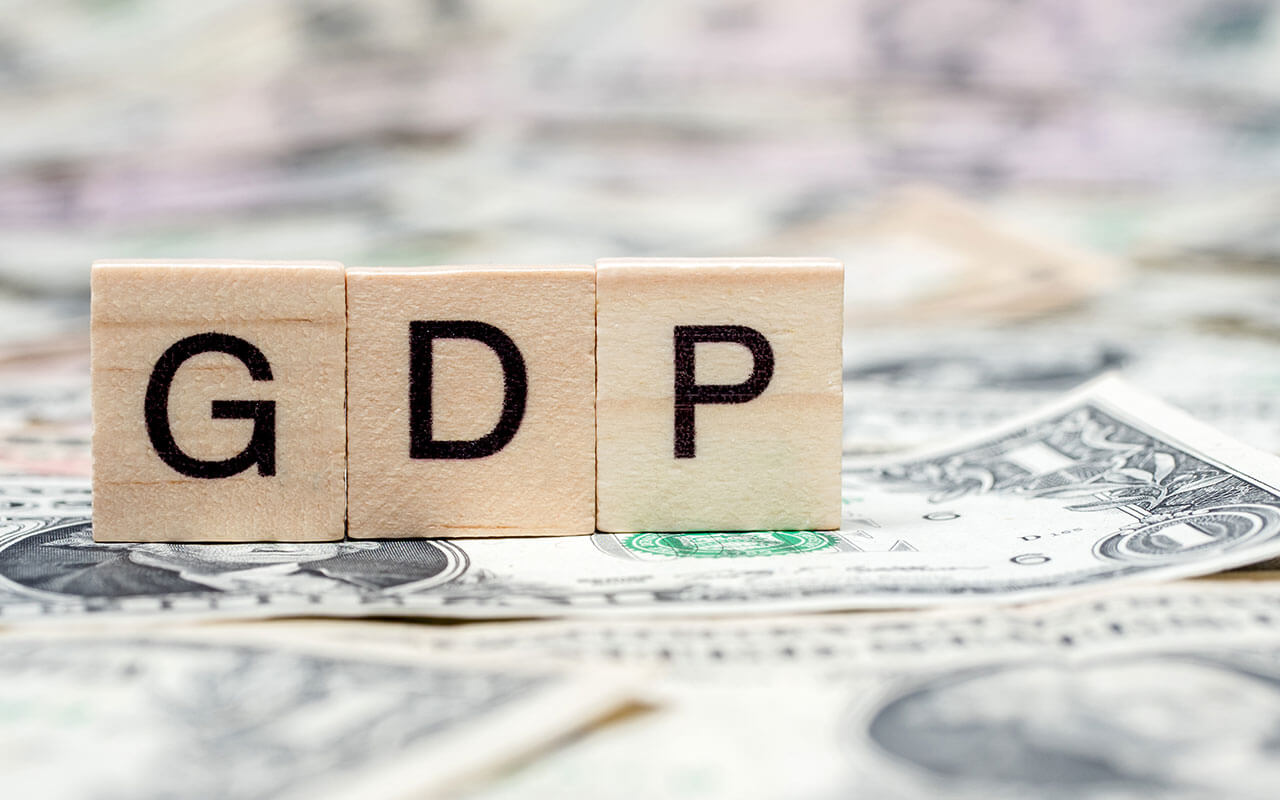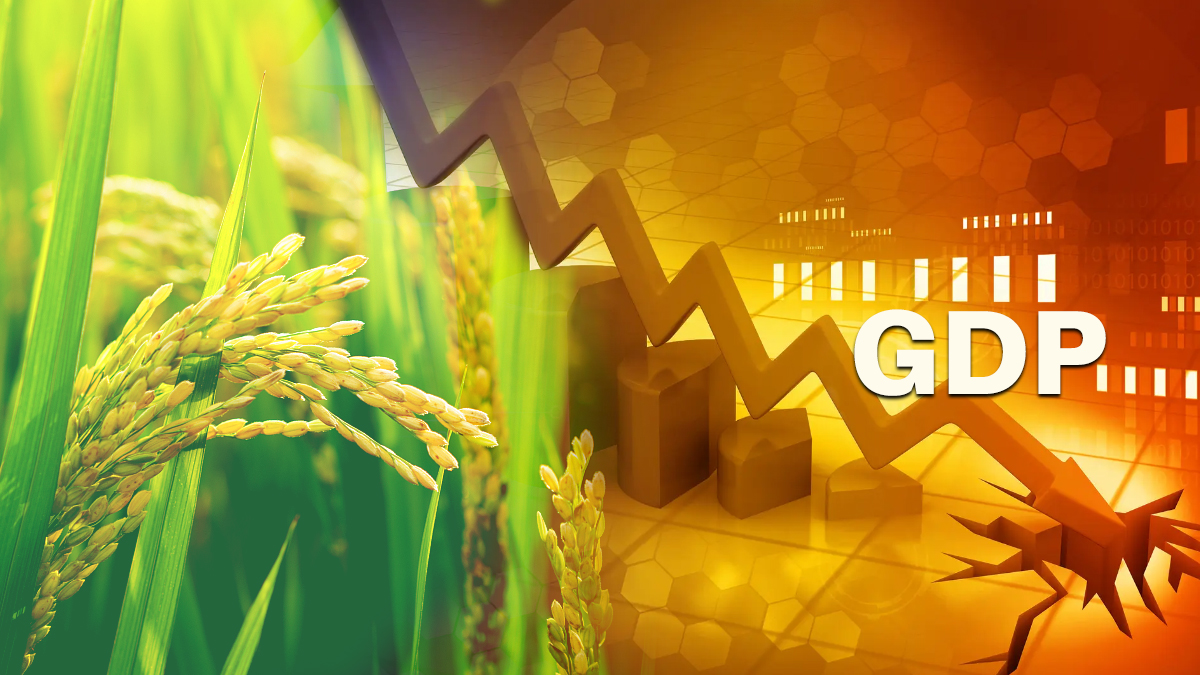Projections indicate that economy’s performance in first half will drive year’s result
08/30/2022
The good performance of the Brazilian economy in the first half of the year may account almost alone for GDP growth in the full year 2022. The dynamism bolstered especially by the services sector, however, is not expected to remain in the second half, when the lagged effects of monetary tightening are likely to start appearing more consistently. Meanwhile, uncertainty grows due to the elections and factors such as the momentum of economic reopening lose effect.
The median of 75 estimates collected by Valor points to a GDP expansion of 0.9% in the second quarter compared with the previous quarter. This way, the average point for the year-end result, based on 80 estimates, reached 2.1%, compared to 1.4% at the end of May. Of these, only 16 are below 2%.
Last quarter showed widespread growth, with services, industry, and farming standing out, said Lucas Maynard, an economist at Santander. In services, he points out the reopening of the economy, the increase in disposable income as the labor market improved, and the effects of fiscal stimuli, such as the early payment of the 13th salary (a mandatory year-end bonus for formally employed workers) and the authorization to withdraw money from Workers’ Severance Fund (FGTS) accounts.
The higher income also favors the consumption of industrial goods, a sector that has benefited from the improvement in global logistical hurdles caused by the mismatch between supply and demand. Inventory data, says Mr. Maynard, suggest a gradual normalization of the production chains. Industry, in particular, had a better performance in the first half of this year, unlike the second half of 2021, when it was affected by lower income and the preference for services in the consumption mix.
Santander projects growth of 1.1% for the second quarter of 2022 and expects GDP growth of 1.9% for the year. The statistical carryover for the second half is 2.3%. That is, with zero growth in the second half, this would be the country’s GDP growth.
/i.s3.glbimg.com/v1/AUTH_37554604729d4b2f9f3eb9ad8a691345/internal_photos/bs/2022/P/u/vlQxzxQeW5dWcSBTl5Gw/03esp-100-anbima-a16-img02.jpg)
Fernando Honorato — Foto: Carol Carquejeiro/Valor
Besides the broader factors amid a set of government measures, a structural component played a role: the surprising dynamism of the labor market recently, said Fernando Honorato Barbosa, the chief economist at Bradesco. “I see two reasons for the good moment of employment. On the one hand, the overhaul of labor laws brought more flexibility in hiring and firing and reduced costs for businesses. On the other hand, the relative price of wages compared to investments shows that today it is more beneficial to hire.”
“If we take, for example, FGV’s level of capacity utilization indicator Nuci, we see that it is above 80%, which should drive investments. But businesses have preferred to hire, and this has not only to do with the overhaul. Salaries are close to the levels seen in 2012,” he said. In July, the industry’s Nuci hit 82.3%, the highest since March 2014.
If the first and second quarters surprised to the upside, the following period is surrounded by uncertainties. This is because the effects of the Central Bank’s monetary tightening are expected to become more intense, while the push given by the post-Covid reopening ends and the uncertainties regarding the elections slows investments. Not coincidentally, the median of the 67 projections suggest a 0.2% GDP growth in the third quarter.
What complicates the reading is that, in the opposite direction of these factors, there are issues such as the higher cash transfers through the social program Auxílio Brasil, of R$600 as of August, tax exemptions, and the deceleration of inflation, which is likely to give an additional boost to activity. On the external front, the tightening of global monetary conditions that was taking shape at the end of the first half of the year was also attenuated — at least for the time being — by a slightly more dovish stance by the Federal Reserve, the U.S. central bank. Because of this, some economists believe in a bullish bias for the numbers for the period.
4Intelligence’s current estimate is for a 1% contraction in GDP in the third quarter, but the figures do not account for possible cross effects from Auxílio Brasil, said analyst Wellington Nobrega. “With falling inflation, a heated labor market, and the government’s countercyclical policies, household consumption may do better than projected today.”
Fernando Rocha, the chief economist at the asset management JGP, also disagrees with the thesis of a “sudden blackout” in the second half of the year. In his calculations, the GDP grew 0.6% in the second quarter, seasonally adjusted. Considering the result of the first quarter, this generates a statistical effect of 1.9% for the second half, he said.
In his view, the deceleration will be more gradual than imagined. Job generation has been strong, surprising month after month, and this increases the total wage bill and props up demand for services, he said. Mr. Rocha expects GDP growth of 0.4% in each one of the next quarters. Thus, JGP’s official projection for 2022 is 2.2%, but the rate could reach 2.5%.
Another factor that could support activity in the third and fourth quarters is local government investment, which saw a boost earlier this year, said Stephan Kautz, the chief economist at EQI Asset. “Spending by municipalities was very strong. It could generate a statistical effect for the second half of the year and make Gross Fixed Capital Formation surprise this year.” That said, the asset management company expects that this set of factors will not be enough to offset downside factors. Considering negative data and reports that are already emerging in retail and construction, the company projects a 0.1% expansion in the third quarter.
Looking ahead to 2023, estimates have also deteriorated. The median of the 78 projections showed a 0.4% expansion, compared with 0.7% in the previous survey.
In addition to the contractionary effect of monetary policy, which will reach its maximum effect in early 2023, the uncertainty about the economic policy of the next administration is weighing on estimates, said Mr. Honorato, with Bradesco. In his opinion, question marks about what lies ahead will not be solved with the election results.
“We still don’t have details about this new arrangement, and I believe that the uncertainty will remain until the first half of 2023. The new administration could build an enormous market confidence, so that the exchange rate appreciates, inflation falls faster and so does the [policy interest rate] Selic. It might not,” said Mr. Honorato, who sees zero growth in 2023. “The point is that, with fixed interest rates at 7.5% and long rates at 6%, it is undeniable that uncertainty is there and will affect the economy.”
Santander estimates a 0.6% contraction, but with an upward bias. Among the factors playing against next year’s GDP growth are the exhaustion of the effects of the reopening of the economy and the still unfavorable situation abroad, Mr. Maynard said.
EQI is more optimistic, with a forecast of a 0.9% GDP growth. “We believe that agriculture will again have a good year in 2023, growing close to 3.5%. The high interest rates are less relevant for the segment, which has directed credit. Besides this, the global slowdown affects more metallic commodities. The agricultural ones are better isolated,” he said. “Agribusiness has a smaller relative participation in the economy, but it generates positive, indirect effects as well.”
*By Marcelo Osakabe, Marta Watanabe — São Paulo
Source: Valor International

/i.s3.glbimg.com/v1/AUTH_37554604729d4b2f9f3eb9ad8a691345/internal_photos/bs/2022/G/K/AfcadlSp2QFAGcmgfKTQ/240522creditsuisse65.jpg)
/i.s3.glbimg.com/v1/AUTH_37554604729d4b2f9f3eb9ad8a691345/internal_photos/bs/2022/P/M/Qk05T9RlArifPR0jp7AA/claudio-considera-leo-pinheiro-valor.png)

